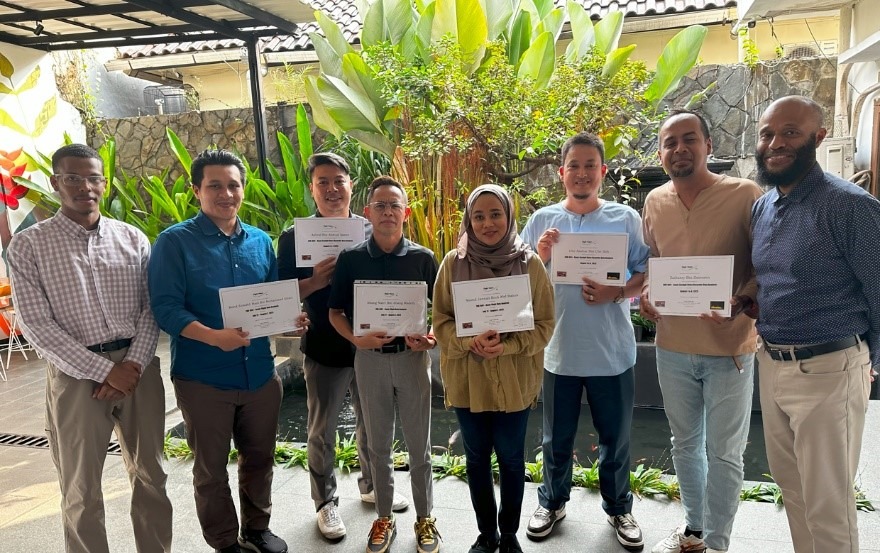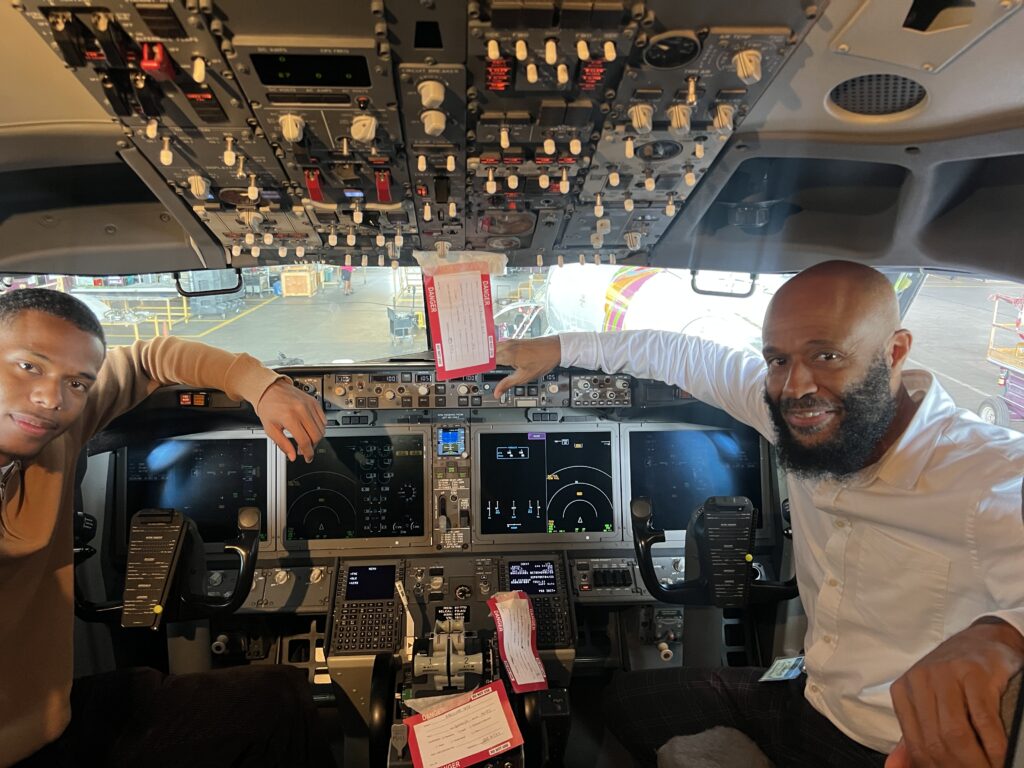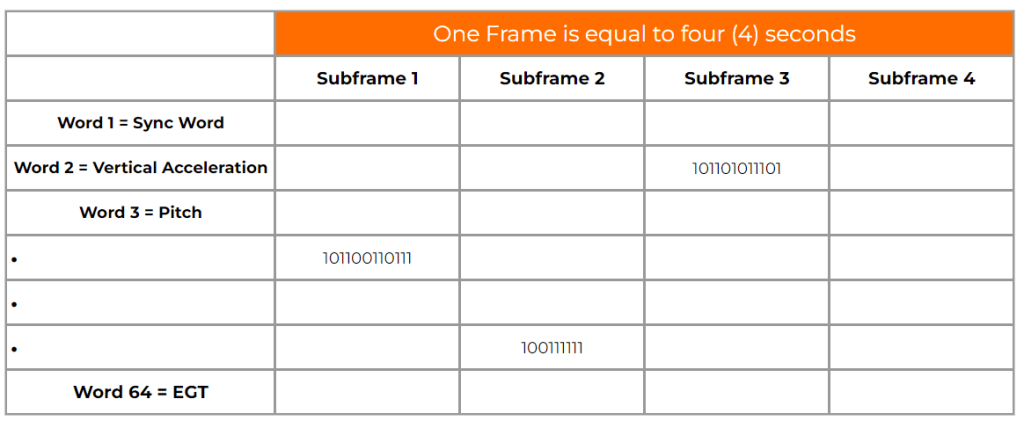Company

Meet Nathan Banks (CEO & President) and Ilham Banks (Vice President of Operations & Technology). You guessed right! Flight Data has been in the family since the mid-1990’s. From flight data parameter ‘certification/installation’ to ‘flight data analysis and monitoring’ to ‘flight data hardware/software’ to ‘flight data training’, all the way up to flight data artificial intelligence in 2024.
At Flight Data X, not only are we passionate and serious about flight data, but our mission is to revolutionize the aviation and aerospace industry by bridging the gap between flight data and artificial intelligence. Through this initiative, customers worldwide will be able to reduce the cost of operations, increase efficiency, and improve safety all at the same time.
Through cutting-edge technology and innovative methodologies, we strive to provide unparalleled insights into flight operations via flight data, enabling airlines, airports, and aviation authorities to make informed decisions that optimize performance and the passenger experience. Driven by a commitment to excellence and continuous improvement, we aim to be the leading provider of intelligent flight data aerospace solutions, setting new standards for usability, reliability, and accuracy. Ultimately, our goal is to empower our partners and clients with actionable intelligence that transforms how they operate, ensuring safer skies, smoother journeys, and a more sustainable future for aviation worldwide.
What is the meaning of X in the Flight Data company name?
X = accident investigation, analysis, artificial intel, algorithms, bus readers, calibration, certification, data displays, emulation, event analysis, hardware, incident investigation, installation, instrumentation, monitoring, networks, optics, simulation, software, systems, training, transmitters, and more…



OUR CODE OF ETHICS
- to accept responsibility in making decisions consistent with the safety, health and welfare of the public, and to disclose promptly factors that might endanger the public or the environment;
- to avoid real or perceived conflicts of interest whenever possible, and to disclose them to affected parties when they do exist;
- to be honest and realistic in stating claims or estimates based on available data;
- to reject bribery in all its forms & to avoid lying;
- to improve the understanding of technology, its appropriate application, and potential consequences;
- to maintain and improve our technical competence and to undertake technological tasks for others only if qualified by training or experience, or after full disclosure of pertinent limitations;
- to seek, accept, and offer honest criticism of technical work, to acknowledge and correct errors, and to credit properly the contributions of others;
- to avoid injuring others, their property, reputation, or employment by false or malicious action;
- to assist colleagues and co-workers in their professional development and to support them in following this code of ethics.




